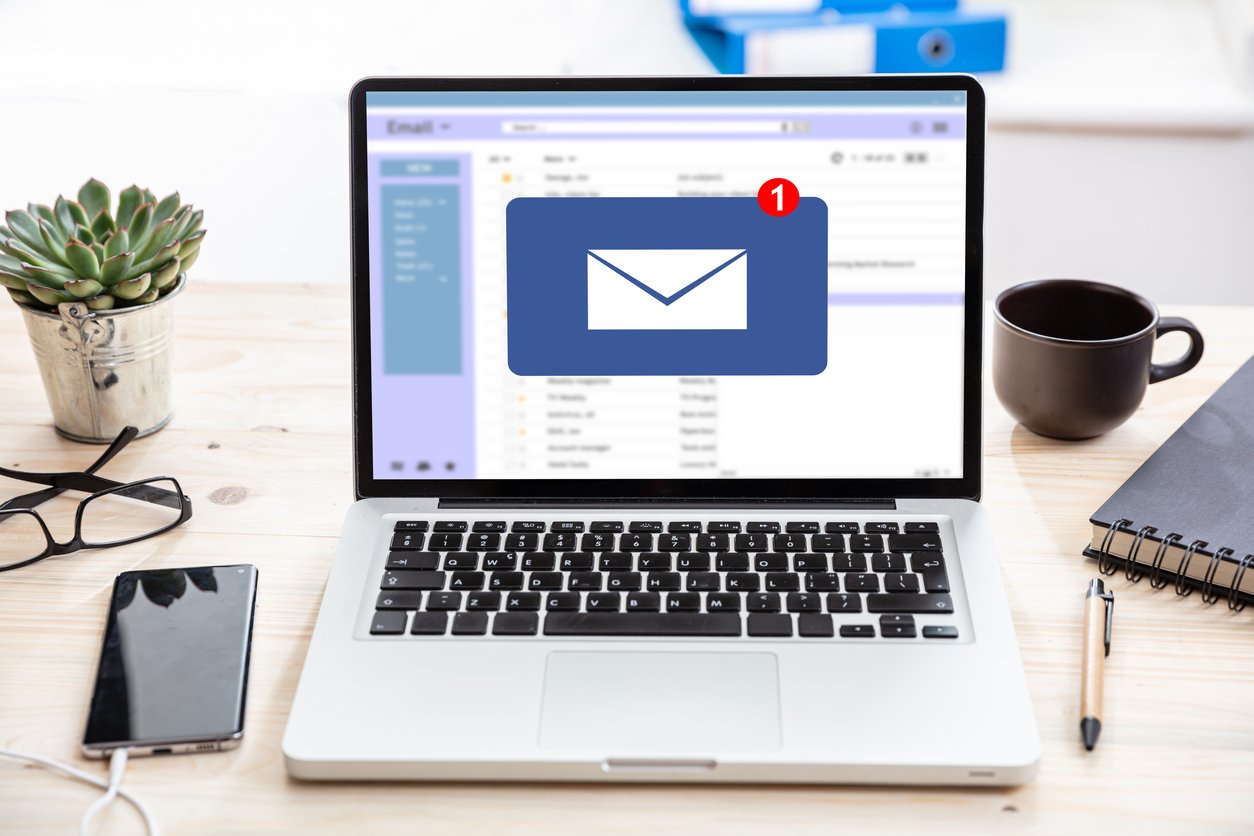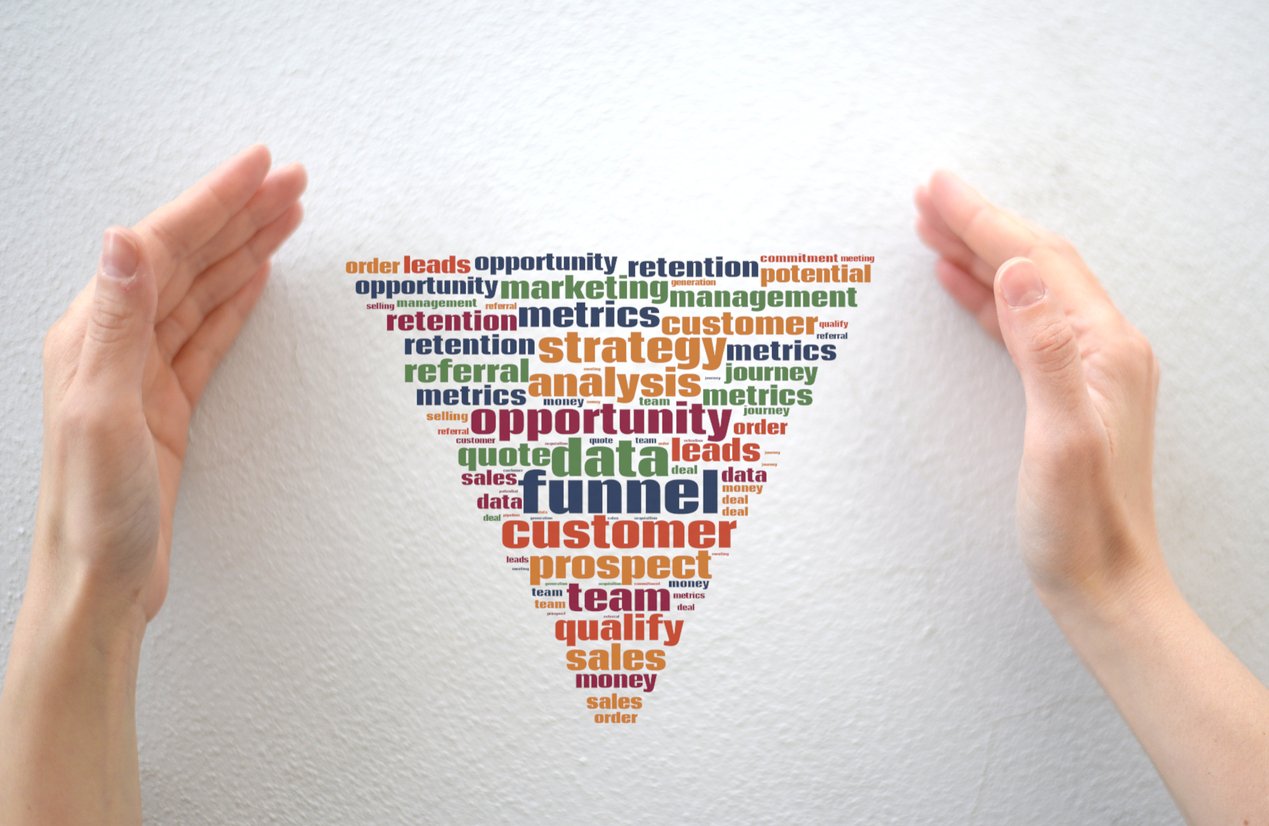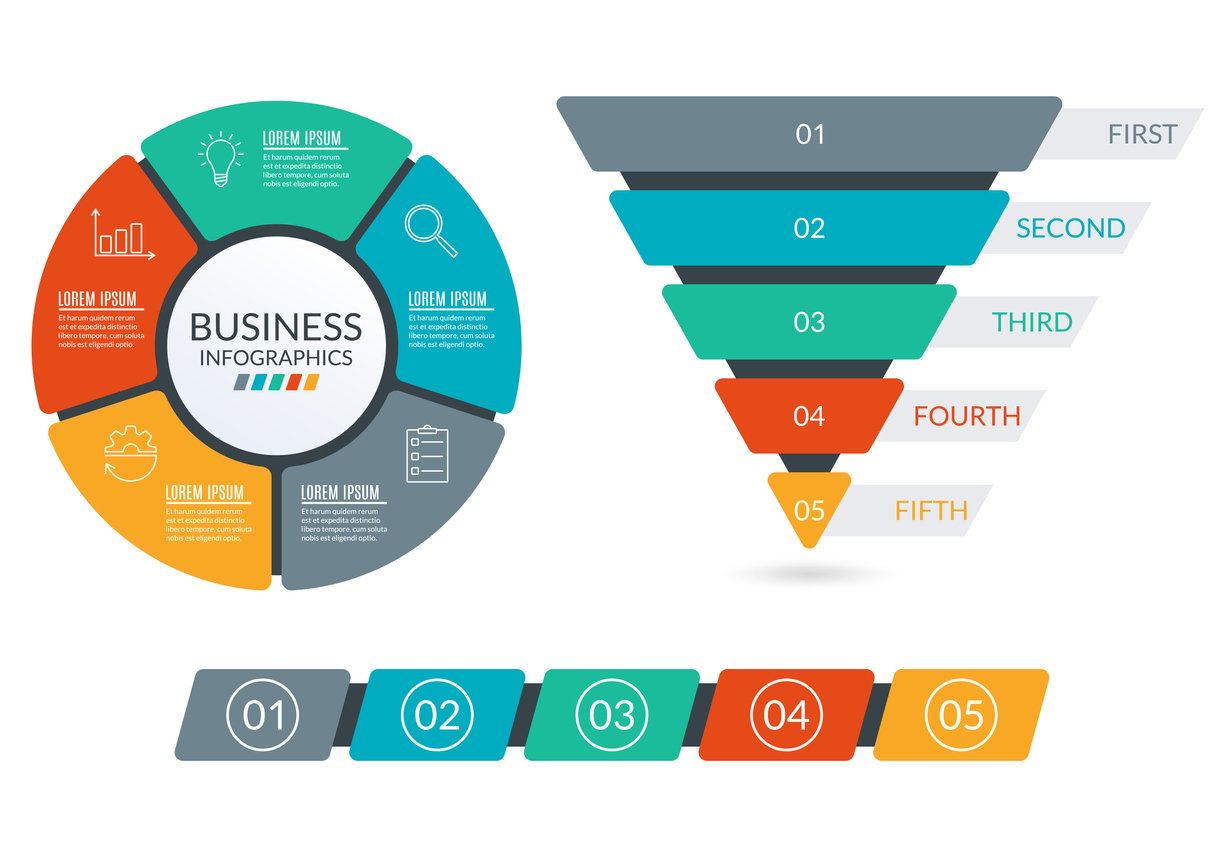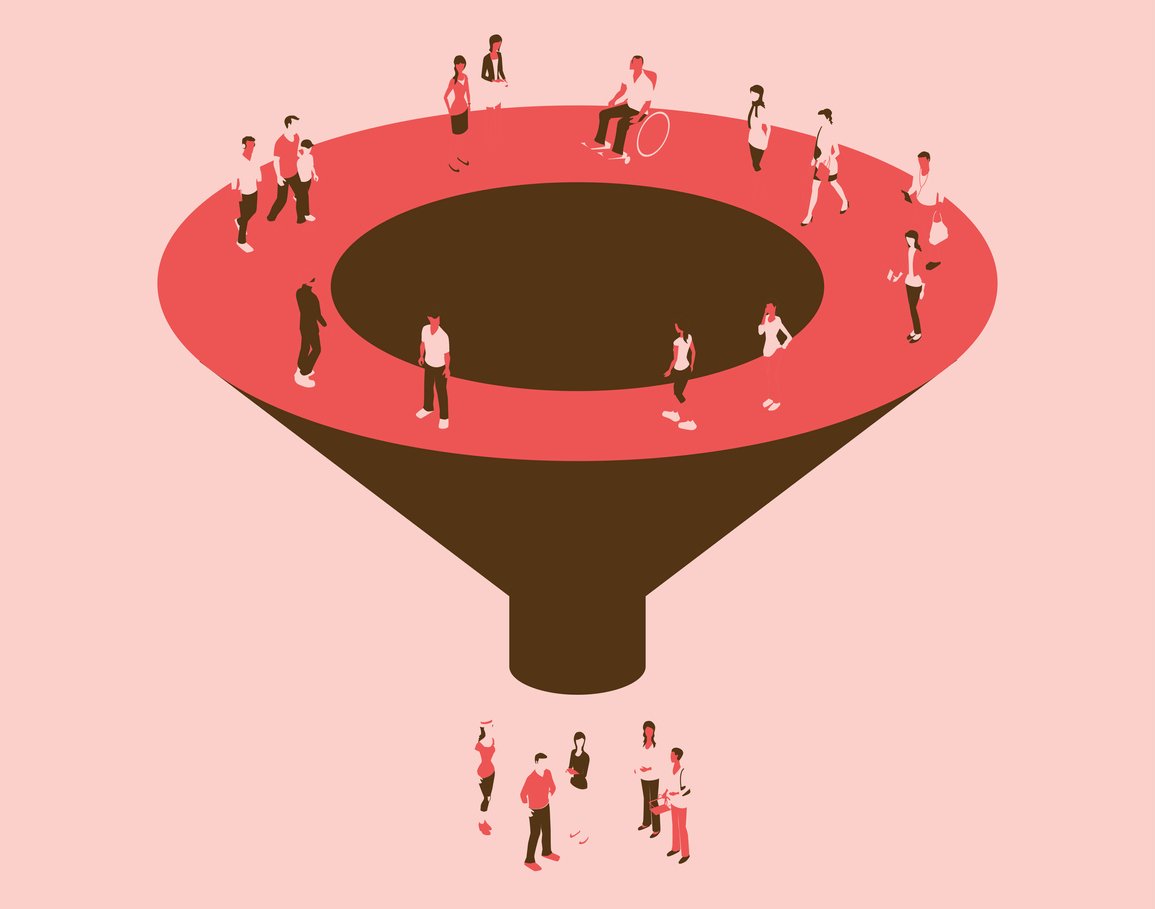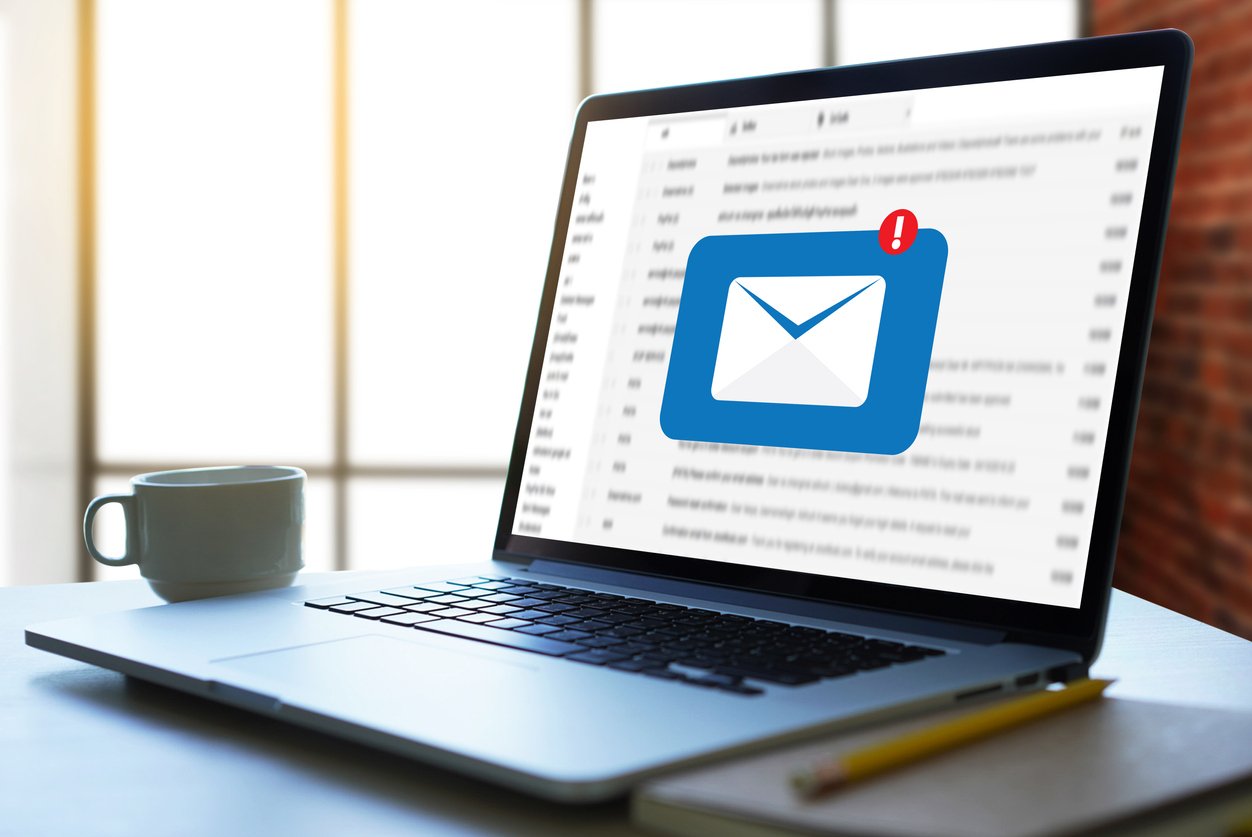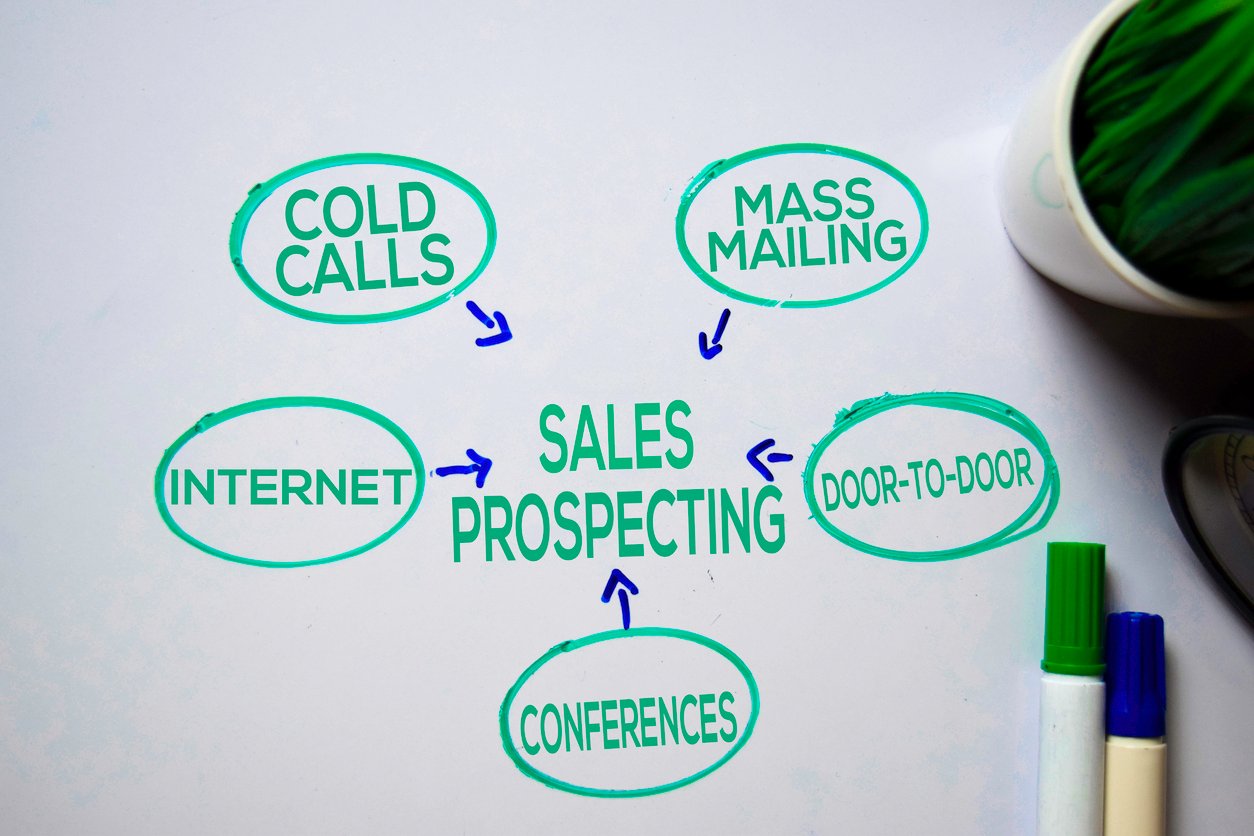
Free Sales Strategy Templates for B2B, SaaS, Outbound, and More
 Updated on
Updated on
 By Carlos Correa
By Carlos Correa
Carlos Correa
Carlos has been involved in the sales space for well over ten years. He began in the insurance space as an individual sales agent, managing teams as s...
learn more
Carlos Correa
Carlos has been involved in the sales space for well over ten years. He began in the insurance space as an individual sales agent, managing teams as s...
Table of Contents
Table of Contents
Staring at a blank doc trying to whip up your next sales strategy?
You could wing it. Or dig up that crusty old playbook from three quarters ago. The one that "kind of" worked.
But if you're serious about winning new deals (and not just pretending to be busy in Salesforce), you need something better.
Like...free sales strategy templates.
Good news: We made those for you.
Keep scrolling to grab the sales strategy plan templates you need, whether you're B2B, SaaS, outbound, inbound, or somewhere in between.
Sales Strategy Planning Template: Step-by-Step Breakdown

Before you dive into cold calls, automated sequences, or that beautifully color-coded pipeline report, you need a plan.
Here's a sales strategy framework you can steal, tweak, and make your own.
1. Define Your Audience and Segmentation
Who are you selling to? And no, the answer isn't "anyone with a credit card."
Define your Ideal Customer Profile (ICP). What company size, industry, job title, or pain point makes someone a great fit? Then go one layer deeper. Segment your list based on behaviors, stage, or tech stack.
2. Set SMART Sales and Revenue Goals
"We want to grow" isn't a strategy. It's a wish.
Turn that wish into a working plan by setting SMART goals (Specific, Measurable, Achievable, Relevant, Time-bound).
Setting realistic goals can significantly improve business outcomes.
Think:
"Close $500K in new revenue from mid-market SaaS companies by Q3"
Not: "Sell more stuff."
You can break goals down further by region, vertical, or rep.
3. Map the Sales Funnel and Buying Journey
Time to get inside your buyer's head.
What's their first touchpoint? Where do they usually drop off? What questions do they ask right before they book a demo, or ghost you completely?
Plot out the full sales funnel, from awareness to close. Overlay your buying journey on top. This helps you spot gaps in your follow-up sequences, content strategy, or rep handoffs.
4. Assign Channels and Tactics
Outbound? Inbound? Cold calls? Content? Carrier pigeons?
(Okay, that last one's a stretch, but you get the idea.)
Figure out which sales channels make sense for your audience and, more importantly, which ones your team can execute well. Then map tactics to each one.
Outbound vs. Inbound Channels
|
Channel |
Primary Use Case |
Common Tactics |
Best For |
|
Webinars (Inbound) |
Education and lead nurturing |
Live Q&A, product walkthroughs |
Complex products, thought leadership |
|
Cold Email (Outbound) |
Outreach at scale |
A/B testing, personalization, follow-ups |
B2B SaaS, consultants |
|
Events/Podcasts (Inbound) |
Awareness and brand trust |
Speaking engagements, sponsorships |
Partnerships, niche markets |
|
Phone Calls (Outbound) |
Direct, high-touch engagement |
Voicemails, local presence dialing |
SMBs, decision-makers |
|
Blog/SEO (Inbound) |
Organic discovery |
Evergreen content, keyword targeting |
Long-term lead gen, content-driven orgs |
|
LinkedIn (Outbound) |
Relationship-building |
Connection + DM, post engagement |
Mid-level execs, tech buyers |
|
SMS (Outbound) |
Quick updates or nudges |
Follow-up reminders, confirmations |
Appointments, service updates |
5. Plan Resources: Team, Budget, Tech Stack
Great ideas die without execution. So figure out who's running what, the tools you need, and the kind of budget you're working with.
If you're planning a multi-touch outbound campaign but only have one rep and zero automation tools, you're going to have a bad time.
List out your headcount, budget constraints, and tech stack must-haves. This keeps your strategy grounded in reality instead of "would be nice" ideas.
Hint: If your reps are still manually logging calls in spreadsheets, it's time to upgrade. Or else, you risk falling into the trap that limits many teams, where reps spend just 28% of their week actually selling.
A CRM automation tool like Ringy could be a great addition to your tech stack to boost sales productivity.
In fact, a 2024 study from Nucleus Research found that over half of CRM's value comes from time savings and streamlined workflows.
6. Track and Optimize
You launched the sales plan. Now what?
Set up regular check-ins (weekly or biweekly) to track leading indicators, like open rates, response rates, and pipeline velocity. These early signals help you spot what's working (and what's tanking) before the quarter ends.
Here's a simple loop to keep your strategy on track:
- Look at lead activity, conversion rates, and deal velocity. Make it a habit.
- Use tools like dashboards, sales software, CRM reports, or even Notion trackers. Just make sure you're reviewing performance often enough to make changes in real time, not when it's too late to fix it.
- Test small changes and iterate fast. Adjust a s32 subject line, tweak a sequence, or reassign stale leads—then watch what happens.
Sales Strategy Examples Template

Need a simple sales strategy template that's more "real-world" and less "MBA case study"? We've got you covered with these sales strategy examples.
B2B Sales Strategy Template
A B2B sales strategy template is a structured plan for selling products or services to other businesses.
Objective:
What business segment are we targeting, and what outcomes are we aiming for?
Ex: Drive $500K in new revenue from mid-market HR tech companies by Q3.
Target Accounts or Segments:
Which industries, roles, or company sizes are we prioritizing?
Ex: Companies with 100–500 employees, Head of Operations or Procurement.
Sales Cycle Planning:
How long is the typical sales cycle, and what delays or blockers do we need to plan for?
Ex: Average 90-day cycle, delayed by legal reviews and budgeting windows.
Outreach Plan:
How many touchpoints are included, and across which channels?
Ex: 7-touch multi-channel sequence with email, phone, and targeted LinkedIn messages.
ABM Focus:
Which accounts will receive personalized messaging, and who is involved in execution?
Ex: Top 50 target accounts get custom email + LinkedIn campaigns managed by SDRs.
Key Metrics:
- Average deal size
- Sales velocity
- Engagement rate by channel
SaaS Sales Strategy Template
A SaaS sales strategy template is specifically for companies that sell software, often through subscriptions, free trials, or product-led models.
Objective:
What stage of the SaaS funnel are we focused on improving?
Ex: Increase trial-to-paid conversion from 9% to 15% over the next 60 days.
Product Model:
Which entry path does our product use (freemium, free trial, etc.)?
Ex: 14-day free trial with usage-based prompts to upgrade.
Conversion Strategy:
How are we driving users toward activation and payment?
Ex: In-app messaging + lifecycle emails to push users to hit feature adoption milestones.
Expansion Plan:
How do we grow revenue post-sale (seats, usage, upsells)?
Ex: Post-onboarding check-in at 30 days with CS rep + feature nudges inside app.
Churn Reduction Strategy:
What are we doing to improve retention?
Ex: Triggered re-engagement emails after 7 days of inactivity + feedback survey.
LTV Goals & Metrics:
- LTV target
- Churn rate
- Expansion revenue growth
Outbound Sales Strategy Template

An outbound sales strategy template lays out your plan for proactively reaching potential customers through channels like email, phone calls, and LinkedIn.
Objective:
What are we trying to accomplish with outbound this quarter?
Ex: Book 60 qualified demos from cold outreach by end of Q2.
ICP Details:
Who are we targeting, and how are they sourced?
Ex: Sales VPs at B2B SaaS companies with 50–200 employees, via Apollo.
Cadence Strategy:
What's our standard outreach flow?
Ex: 5-touch sequence over 10 days: Email → Call → LinkedIn DM → Email → Call.
Messaging Assets:
What scripts, templates, and objection responses are reps using?
Ex: Cold email template bank, call openers, top 5 objections and answers.
Training + QA:
How do we ensure consistency and quality?
Ex: Weekly call reviews and open rate analysis + A/B testing subject lines.
Key Metrics:
- Open rate
- Reply rate
- Booked meetings
- Positive sentiment rate
Sales Team Strategy Template
A sales team strategy template outlines how your sales org is structured, how leads are distributed, and how reps are trained, measured, and supported.
Objective:
What's the team's focus this quarter?
Ex: Improve rep productivity and increase outbound conversions by 20%.
Team Structure:
How are leads/accounts assigned?
Ex: Split by vertical (e.g., finance, retail, healthcare) owned by 3 separate SDR pods.
KPIs + Activity Goals:
What are reps expected to complete weekly?
Ex: 100 emails sent, 50 calls made, 8 meetings booked per rep.
Training Plan:
What training and coaching cadence is in place?
Ex: Monthly objection-handling workshop + call reviews every Friday.
Accountability + Reviews:
How are results tracked and shared?
Ex: Daily standups + weekly team dashboard check-ins via CRM reports.
Tools + Support:
What resources are in place?
Ex: Ringy for outreach, Notion for playbooks, and Slack for real-time Q&A.
Sales Growth Strategy Template
A sales growth strategy template focuses on increasing revenue from existing leads and customers. It includes plans for upselling, cross-selling, funnel optimization, and automation.
Objective:
Where are we focusing revenue growth?
Ex: Increase upsell revenue by 30% in Q4 from current customer base.
Upsell/Cross-Sell Plan:
How and when do we pitch additional products or features?
Ex: QBRs + automated in-app prompts at 45- and 90-day usage milestones.
Lead Nurturing Plan:
How do we stay top-of-mind with cold or existing leads?
Ex: Biweekly newsletter + retargeting ads for leads who've visited pricing page.
Funnel Optimization Plan:
Where do we lose deals, and how do we fix it?
Ex: Low demo-to-close rate → Improve proposal follow-up sequence and shorten delay.
CRM Automation/Triggers:
What automations move deals or re-engage leads?
Ex: Auto-assign task to AE if deal sits in "Proposal Sent" for 5+ days.
Growth Loops:
How do we systematize what's working?
Ex: Top-performing Q2 sequence becomes baseline for Q3 with A/B tweaks.
Key Metrics:
- Customer expansion rate
- Average revenue per account
- Sales cycle improvements
Building a Sales Strategy That Turns Plans Into Pipeline

You've picked out the right sales strategy template. You've got the tactics. Now all that's left is to use them.
Whether you're managing a SaaS funnel, booking demos through cold outreach, or trying to get your sales team to stop chasing dead leads, a solid strategy only works if it's easy to execute.
That's where Ringy comes in.
With built-in automation, contact tracking, and multi-channel outreach all in one place, Ringy gives you the tools to turn that strategy into pipeline, without duct-taping 10 apps together.
Start your free trial with Ringy and turn plans into closed deals.

Skyrocket your sales with the CRM that does it all.
Calling? Check. SMS? Check. Automation and AI? Check. Effortlessly keep in touch with your customers and boost your revenue without limits.

Take your sales to new heights with Ringy.
Sales in a slump? Ringy gives you the tools and flexibility you need to capture leads, engage with them, and turn them into customers.
Subscribe to Our Blog
Enter your email to get the latest updates sent straight to your inbox!
Categories
Related Articles




























